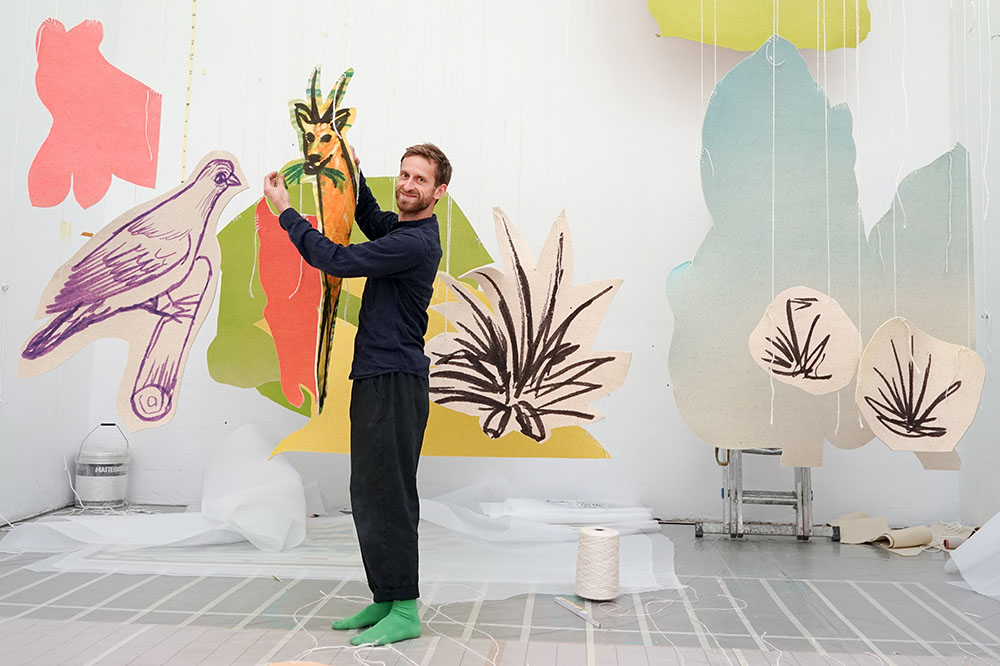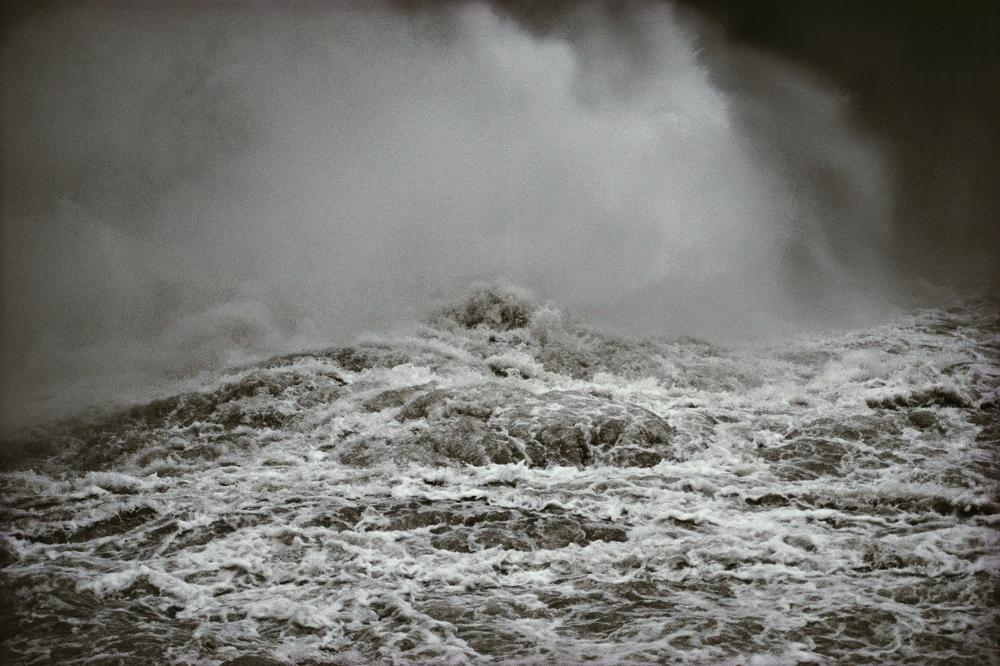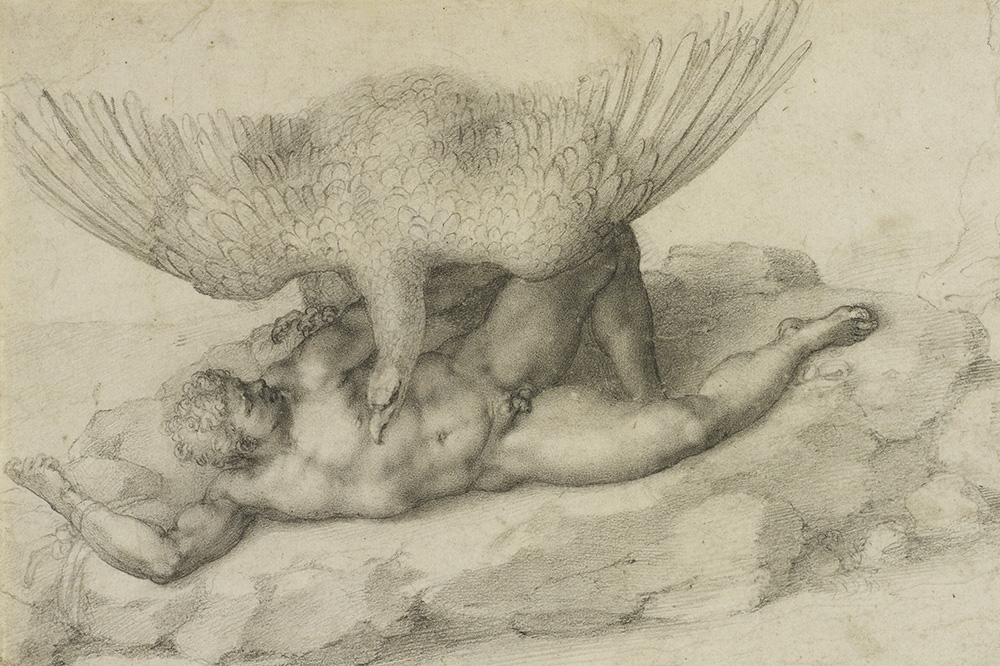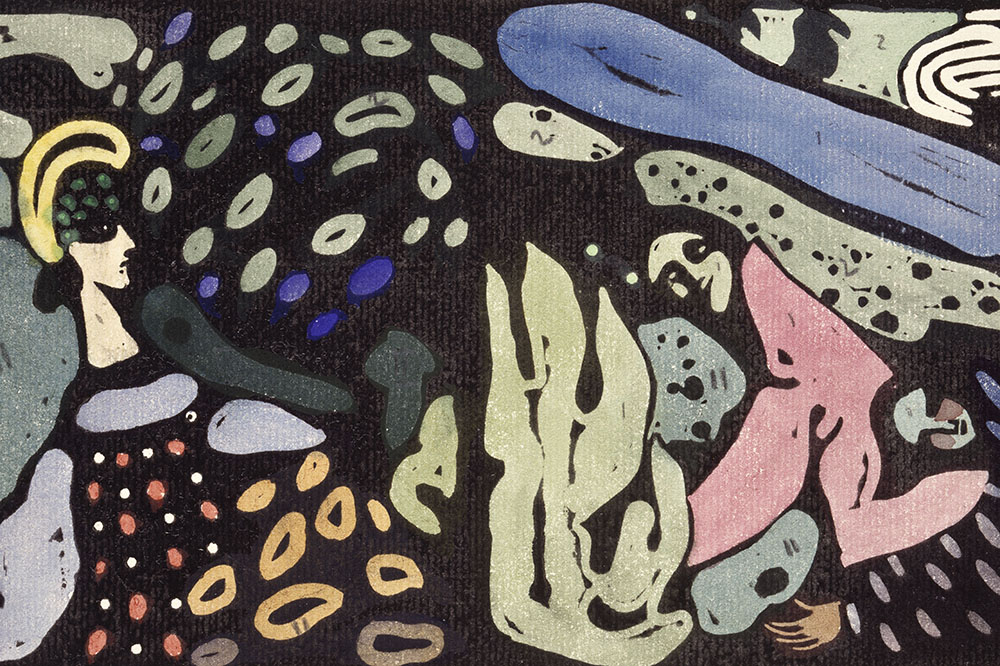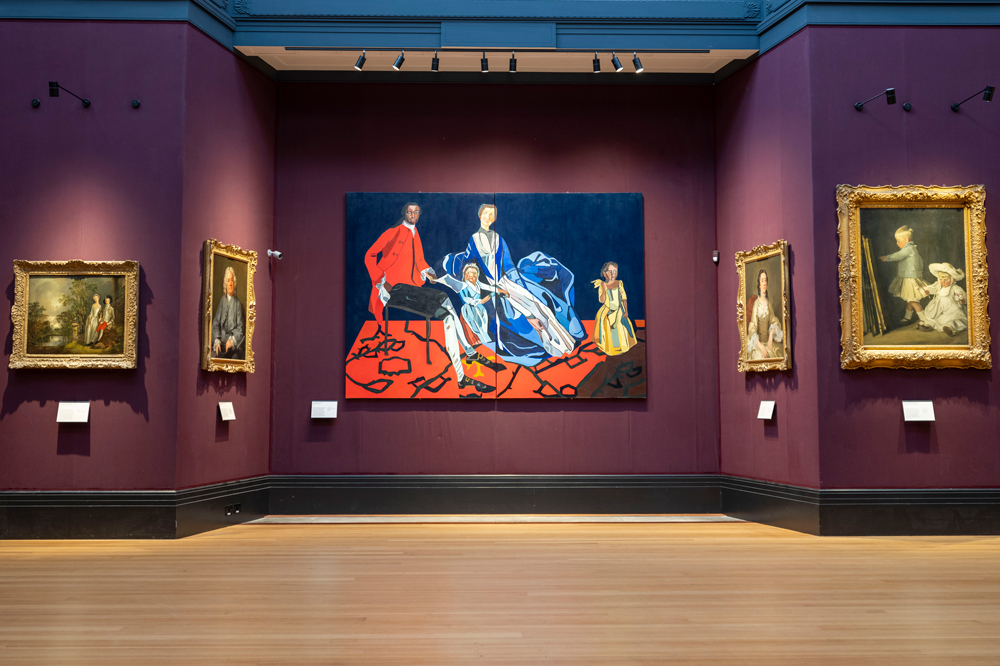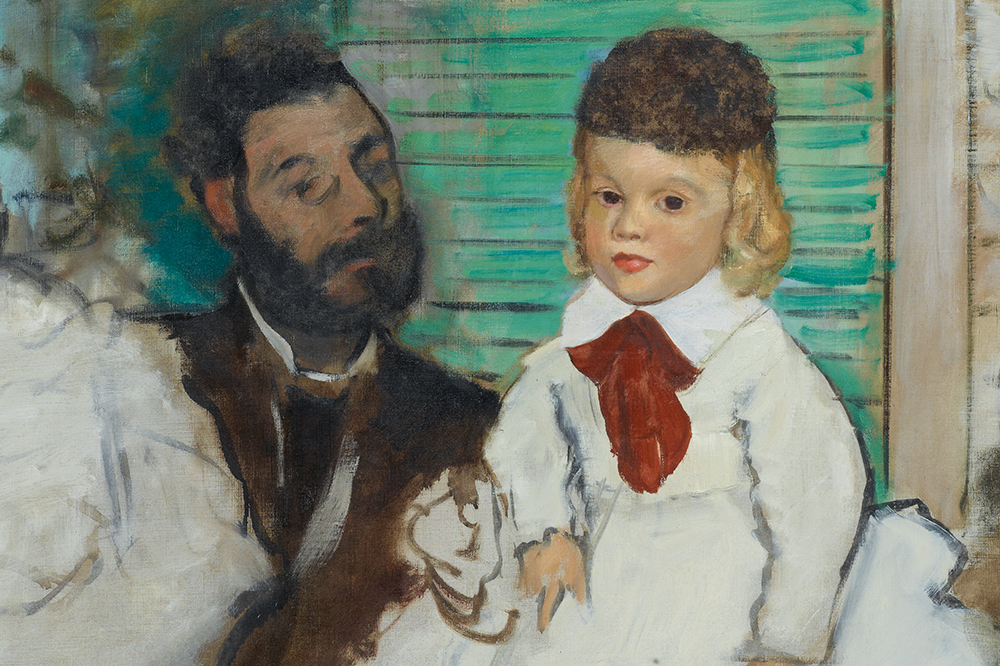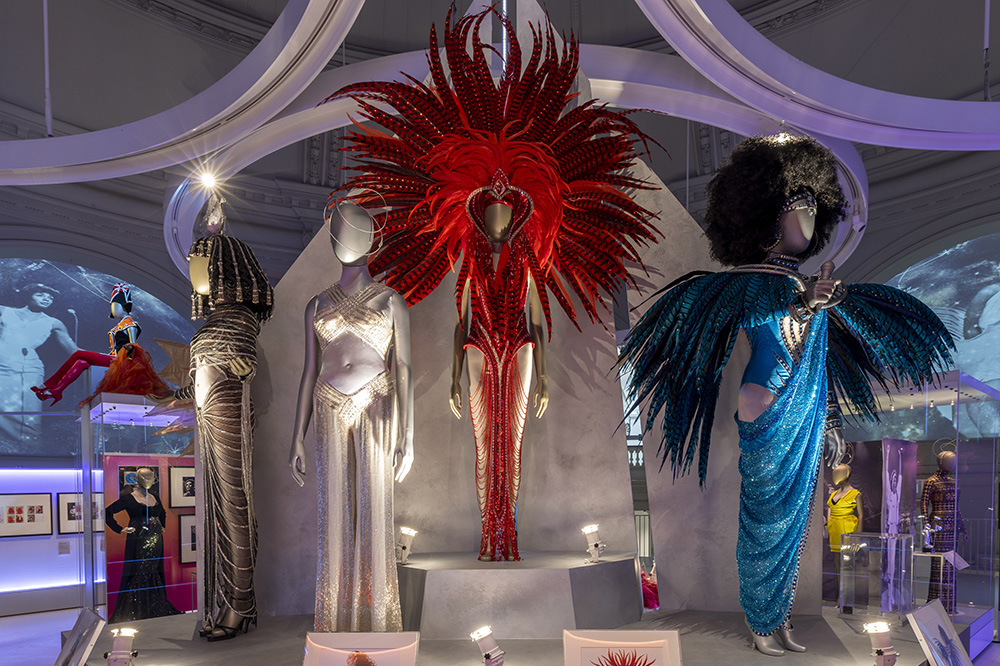Museums in the United States including the MFA Boston, the Rubin Museum of Art and the Crystal Bridges Museum of American Art have experienced outages this week after a cyber-attack hit a third-party tech company that assists museums with both internal and customer-facing management systems. On 28 December the service provider Gallery Systems informed clients that it had suffered a security breach, with several crucial computers become encrypted and therefore inoperable. As a precaution, it took several systems offline, which meant that the collections of a number of museums were no longer available to view remotely. The New York Times reports that several curators returned from their holidays to find that they could no longer access sensitive information – including donor names, loan agreements and the whereabouts of many artworks – because TMS, one of Gallery Systems’ management tools, had been taken down. Some major customers of Gallery Systems, including the Met and the Whitney, have managed to escape disruption because they host their own databases. Gallery Systems has around 800 clients, including schools, research institutions and corporate collections as well as museums. No individual or collective has yet claimed responsibility for the cyber-breach.
A list has been leaked of around 16,000 artists whose work has allegedly been fed in online image form to generative AI company Midjourney. Specialising in creating ‘artworks’ based on prompts supplied by users, Midjourney is one of several art-inclined AI tools; other examples include Stable Diffusion (whose owner, Stability AI, is being taken to court in the UK and the United States by Getty for its alleged use of the latter’s copyrighted images) and Open AI’s DALL-E. The work scraped by Midjourney developers ranges from art by Van Gogh, Monet, Matisse and Francis Bacon to that by living artists including David Hockney, Yayoi Kusama, Damien Hirst and Anish Kapoor. Several artists tried to bring a case against Midjourney and Stability AI last year, but a California court dismissed it. The recently surfaced list of leaked names is part of an amendment filed in November by the plaintiffs.
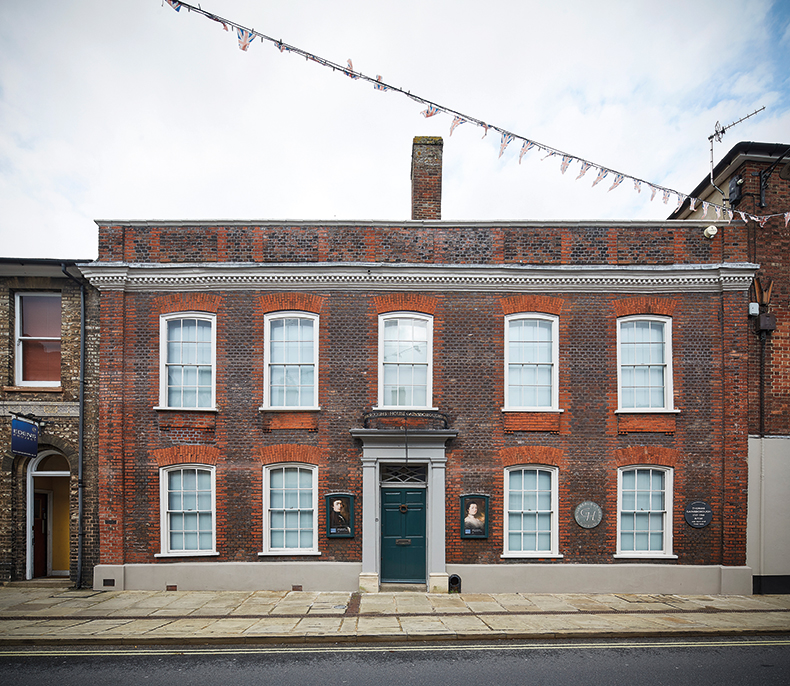
The house in Sudbury where Gainsborough was born and lived until around 1740, when he was 13 year old, became a museum in 1961. Photo: Hufton + Crow
Museums and galleries in Suffolk face potential closure and large-scale job losses after the County Council’s announcement of its plans to withdraw all its arts funding from 2025. Though the cut amounts to £500,000 per year, and the council is extending £528,000 of Covid-19 recovery money this year to help smooth the financial transition for museums and arts organisations, such sums are small compared to the overall saving of £65 million the council is hoping to make over this year and next. Three local museums rely partly on grant funding from the council: Gainsborough’s House in Sudbury, which, after a major 2022 renovation, is the largest gallery in Suffolk; the Long Shop Museum in Leiston, which chronicles the industrial history of the local area; and the Food Museum, founded in the 1960s but taking on its current name only two years ago, in Stowmarket. The council also provides funding to the Association for Suffolk Museums, an independent charity that represents 60 museums in the county. Though the county’s financial plans are subject to a Scrutiny Committee meeting that will be taking place this coming Thursday, it is likely that painful decisions will be made. Suffolk Council is not the only local authority suffering: Nottingham City Council is nearing the end of a month-long post-bankruptcy consultation process that proposes to axe the arts budget entirely.
Poland’s culture ministry has withdrawn the country’s first-choice submission for the Venice Biennale, leaving the runner-up to step in. At the behest of Bartlomiej Sienkiewicz, the culture minister appointed by prime minister Donald Tusk last month, the planned exhibition by Ignacy Czwartos – who has been accused of expressing nationalist sentiments in his art – will no longer be on show at the Polish pavilion in Venice. The Ukrainian collective Open Group will now represent Poland with its multimedia exhibition ‘Repeat After Me’. Czwartos’s proposed works included a painting called Nord Stream 2, which depicted Angela Merkel and Vladimir Putin connected by a blazing swastika; it was to be part of an exhibition named ‘Polish Practice in Tragedy: Between Germany and Russia’, which foregrounded narratives of Poland’s historical oppression by its neighbours.
After 14 years in the position, Frick director Ian Wardropper, who has overseen the overhaul of the museum’s 5th Avenue mansion and the collection’s temporary move into Madison Avenue premises, will be retiring next year. He is noted not only for the Frick’s recent transformation and the associated successful fundraising efforts, but also for overseeing digital outreach initiatives during the pandemic – including the popular video series ‘Cocktails with a Curator’ – and leading the museum through a period of growth; before the pandemic, the Frick was welcoming nearly 300,000 visitors a year. The board will be searching for a successor through an executive search firm, though Wardropper, speaking to the New York Times, voiced his desire for his successor to be hired from among the museum’s current staff. He hopes Xavier Salomon, currently deputy director and chief curator, ‘will be one of the candidates’.
The performance artist Pope.L, who was also known for his painting, photography, teaching and theatre directing, died on 23 December. He had only recently attended the November opening of his well-received exhibition ‘Hospital’ at the South London Gallery. His most famous performance art includes eating pages of the Wall Street Journal, softened by milk and ketchup, while perched naked on a precariously balanced toilet for hours at a time; abjectly crawling down many miles of busy New York streets; and attaching himself to the door of a Manhattan bank with eight feet of pork sausages. His work commented, often acerbically, on capitalism, consumerism and the condition of Black people in the United States.
Unlimited access from just $16 every 3 months
Subscribe to get unlimited and exclusive access to the top art stories, interviews and exhibition reviews.

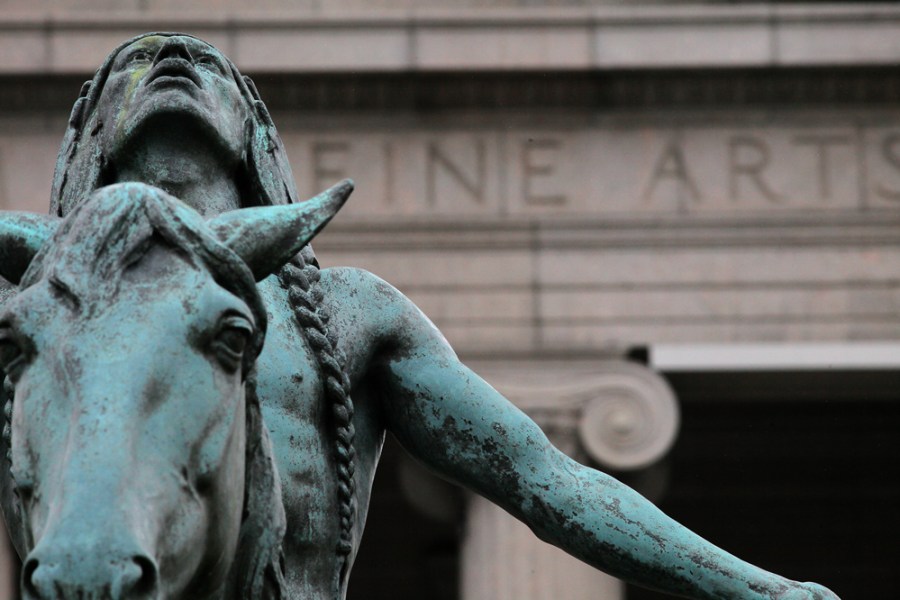

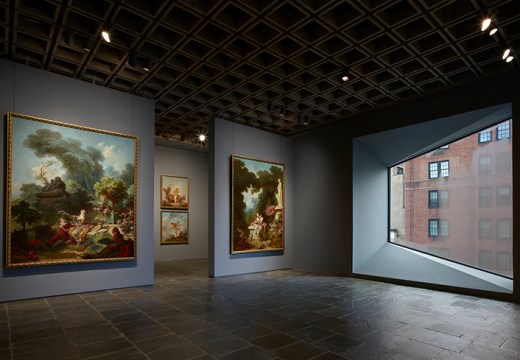
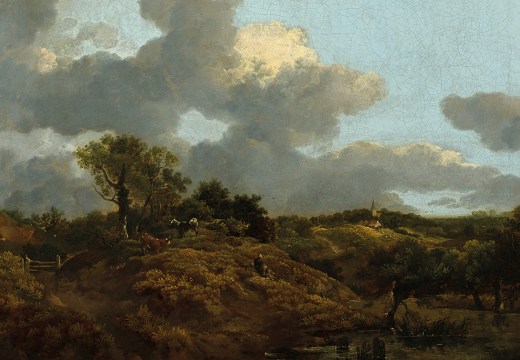









![Masterpiece [Re]discovery 2022. Photo: Ben Fisher Photography, courtesy of Masterpiece London](http://www.apollo-magazine.com/wp-content/uploads/2022/07/MPL2022_4263.jpg)
